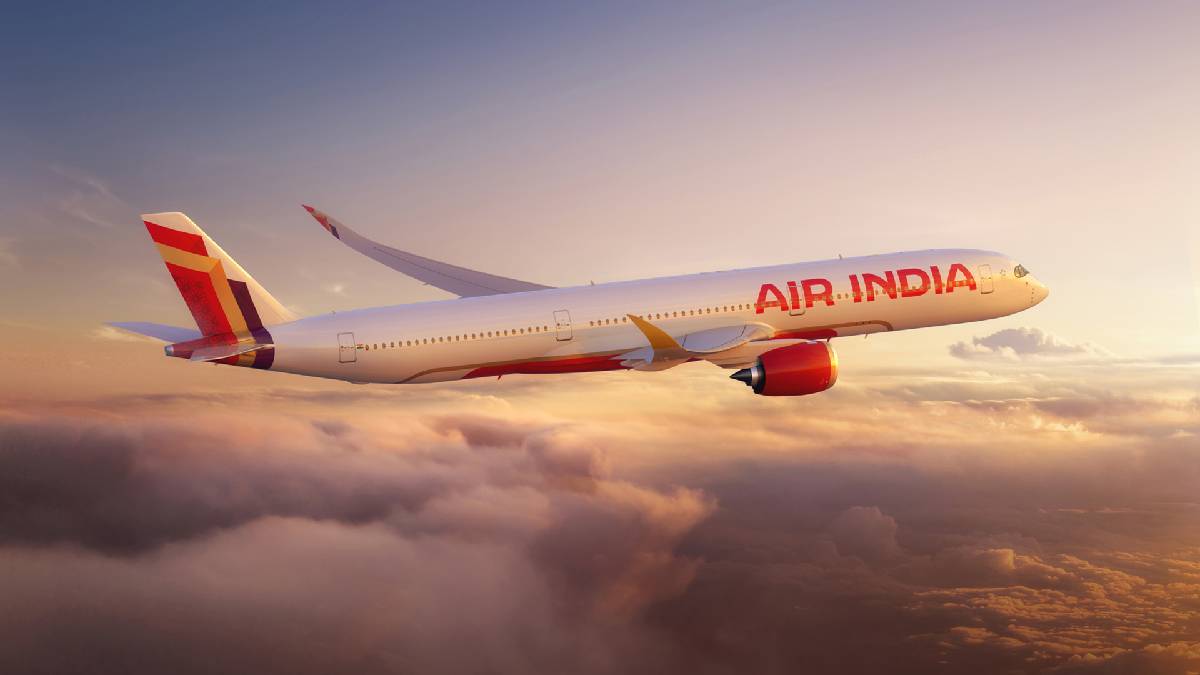 |
|
Air India's recent announcement of in-flight Wi-Fi on its domestic routes marks a significant advancement in air travel within India. The airline has become the first to offer this amenity domestically, beating even the anticipated launch of Starlink's satellite internet service in the region. This development underscores Air India's commitment to enhancing passenger experience and keeping pace with technological advancements in the aviation industry. The availability of in-flight internet access transforms the passenger experience, allowing for productivity, entertainment, and seamless communication throughout the journey. This is particularly valuable for business travelers who can now utilize flight time for work, or leisure travelers who can stay connected with friends and family. The implementation of this service showcases Air India's proactive approach to modernization and its competitive strategy to attract and retain customers in a constantly evolving marketplace. The successful implementation of this technology is a testament to Air India's investment in infrastructure and its ability to navigate the complexities of providing reliable internet connectivity at high altitudes.
The rollout of Air India's in-flight Wi-Fi wasn't instantaneous. It followed a successful pilot program on international flights utilizing a select fleet of Airbus A350, Airbus A321neo, and Boeing 787-9 aircraft. These international flights, serving major hubs such as New York, London, Paris, and Singapore, served as a testing ground for the technology and allowed Air India to refine its infrastructure and processes before expanding the service domestically. The experience gained during the international pilot program has undoubtedly been invaluable in ensuring a smooth and efficient launch of the domestic Wi-Fi service. This phased approach demonstrates a responsible and strategic rollout, mitigating potential risks and maximizing the chances of success for the broader implementation. Lessons learned during the pilot phase, including bandwidth management and addressing technical challenges, likely contributed significantly to the successful domestic launch.
The initial offer of complimentary Wi-Fi on Air India's domestic flights represents a strong marketing strategy. This introductory period allows passengers to experience the benefits of the service firsthand, generating positive word-of-mouth marketing and building anticipation for future usage. By offering this free trial, Air India is effectively showcasing the value proposition of its upgraded in-flight experience. Once the introductory period ends, it's likely that a paid subscription model will be introduced, perhaps offering various tiers of service with differing data allowances. The details of any future pricing structure haven't been publicly revealed yet, but the successful implementation of the free trial will greatly influence passenger adoption and ultimately contribute to the financial viability of the in-flight Wi-Fi service in the long term. The initial positive feedback and high usage during the trial will pave the way for more revenue generation from this new revenue stream.
The contrast between Air India's technological advancement and the contrasting news regarding TRAI's warning about mobile phone scams highlights the dichotomy of technological progress and the persistent threats of cybercrime. While Air India is enhancing the connectivity experience for air travelers, millions of mobile users in India are being targeted by sophisticated scams promising free recharge offers. This juxtaposition emphasizes the need for continued vigilance in the face of technological advancements. The ease with which individuals can connect to the internet, through services like Air India's in-flight Wi-Fi, also inadvertently opens avenues for potential misuse and fraud. The TRAI's timely warning serves as a reminder that the benefits of technology must be weighed against the risks. Therefore, it is crucial that individuals remain informed and cautious about potential scams, even as they enjoy the convenience of readily available internet connectivity.
Looking ahead, Air India plans to progressively roll out in-flight Wi-Fi to more aircraft in its fleet. However, the airline acknowledges that several factors can affect connectivity. Satellite connectivity, overall bandwidth usage, specific flight routes, and government regulations will all play a role in the successful deployment and consistent performance of the service. Air India's transparency about these limitations is commendable, setting realistic expectations and demonstrating an understanding of the challenges involved in providing reliable high-altitude internet connectivity. The continuous expansion of the service will undoubtedly require ongoing investments in infrastructure, technology upgrades, and potentially collaborations with satellite internet providers. Success hinges on Air India's ability to effectively manage these variables and ensure a positive and reliable user experience across its entire fleet.
Source: Air India launches in-flight WiFi on domestic routes in India even before Starlink launch
